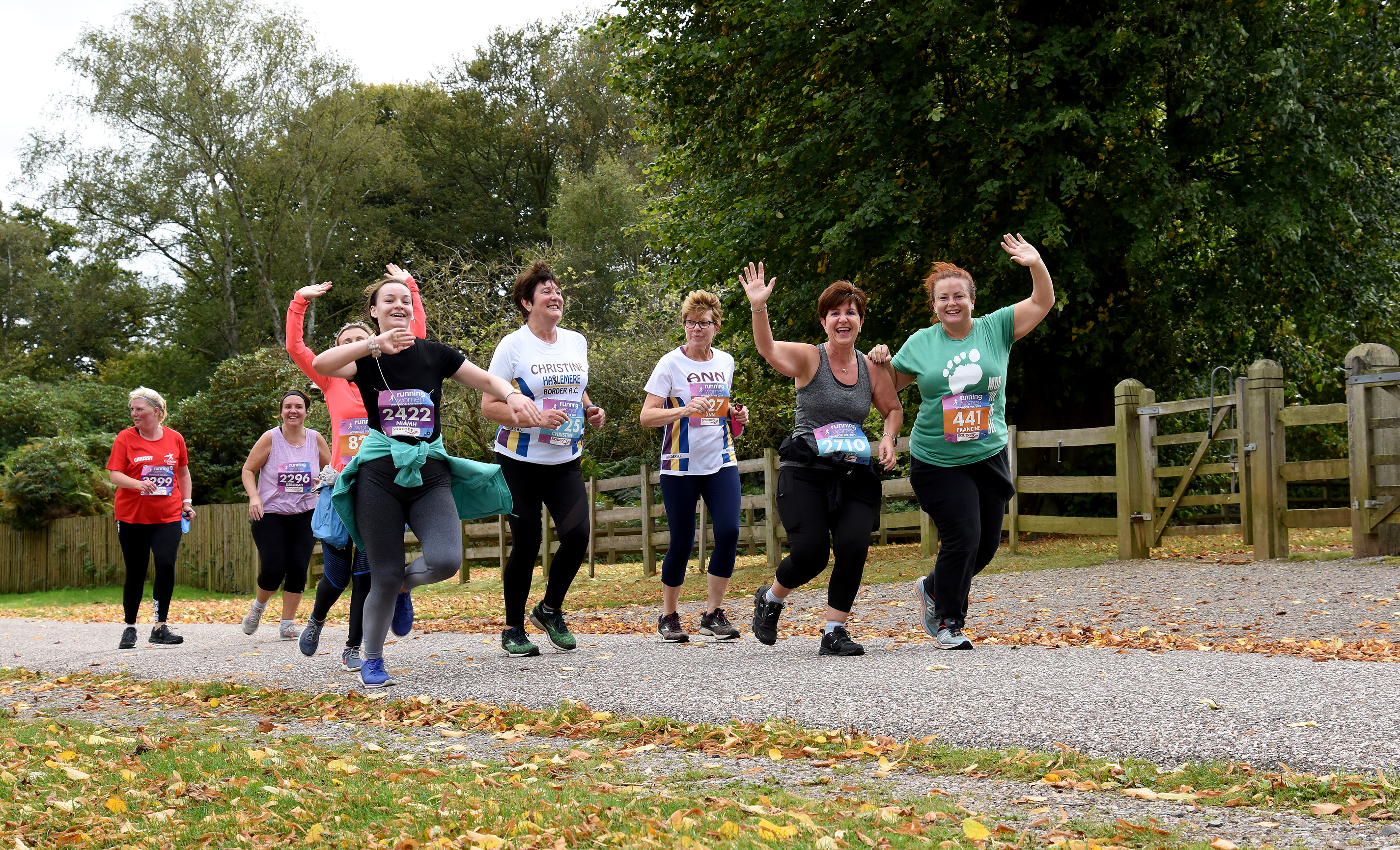Running and Stitch pain 2
Question:
I started running about a month ago and can do about 15 minutes but have just started getting a stitch about 10 minutes into my run any ideas why, what can I do to prevent it, should I keep going and try and run it off? ps. no problem with the trainers, they are new from Runners Needs in London!
Julia.
Answer:
Dear Julia,
There is an on going debate about what a ‘stitch’ actually is but there are plenty of useful treatment tips.
The tissue that may be responsible for the pain is the parietal peritoneum,which envelops the abdominal cavity, separating the abdominal organs from the stomach muscles. This piece of tissue is sensitive to movement when irritated,which would explain why rest quickly relieves the pain. Additionally, part ofthe parietal peritoneum extends up and under the diaphragm, giving rise to the referred shoulder pain when irritated. What could cause this tissue to become irritated? One obvious answer is that if you fill your stomach with food and drink it’s going to get bigger, causing it to push against – and so irritate -the parietal peritoneum.
‘Stitch’pain can occur in almost any sport, in athletes of any standard. Research suggests it is unrelated to training frequency, training volume or performance level.
Studies have shown that you are more likely to suffer from stitch if you eat before a run. Drinking before a run can also be a contributing factor, but less so than eating a meal. Obviously you need to eat and drink before exerciseto ensure an adequate energy supply, but research and anecdotal evidence suggests you should avoid the following: carbonated drinks and those with a high concentration of sugar and salt; fatty foods; apples, bananas and chocolate.
The risk of stitch may be increased by exercising at high intensity, failing to warm up and working out in cold conditions. Best not go for a really hard run on a cold day without warming up then!
Some breathing techniques may help to alleviate the problem. These include:taking deeps breaths; grunting as you exhale; holding your breath; breathing by bloating your abdomen in and out (belly breathing).
Hope this will be helpful for you
Kind regards
Angela Benjamin MSc MCSP SRP
Chartered Physiotherapist
Similar Posts:
- Running and Stitch pain 2
- Breathing 2
- Knee Pain
- Breathing
- Groin Pain
- Running and Bruising Under Breasts




Add Comment